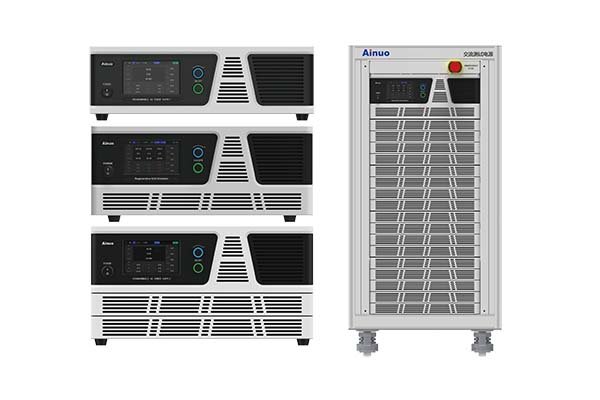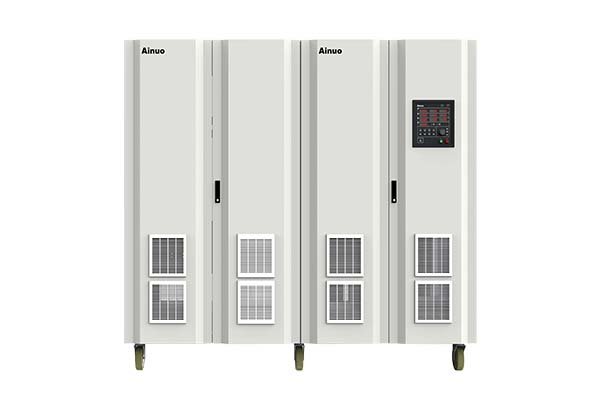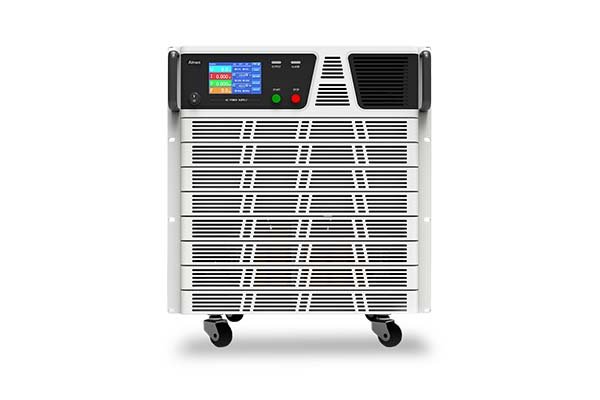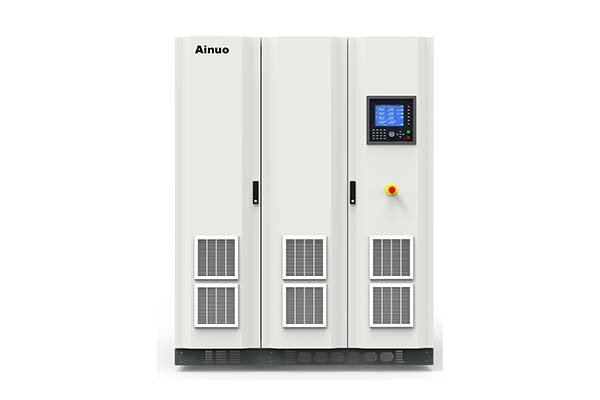How to Select the Right AC Power Supply for Testing?
For rigorous, reliable, and safe testing, a dedicated AC power supply is non-negotiable. Using the mains directly is a gamble. It's inconsistent, unpredictable, and can't simulate the real-world conditions your product will face. But with a myriad of options on the market, how do you choose the right one?
.jpg)
This guide will walk you through the key considerations to select the perfect AC power supply for your test bench.
Understand the "Why": More Than Just Power
A lab-grade AC power supply isn't just a power source; it's a simulation and validation tool. Its primary jobs are:
- Safety: Isolate your device under test (DUT) from noisy and potentially dangerous mains power.
- Precision: Provide clean, stable, and precisely controlled voltage and frequency.
- Simulation: Replicate power anomalies like sags, surges, brownouts, and frequency shifts to ensure your device is robust.
- Compliance Testing: Helps you verify that your product meets international standards (like IEC 61000-4-11 for voltage dips and interruptions).
Key Selection Criteria for Your AC Power Supply
1. Power Rating (VA/Watts)
This is your starting point. You need a supply that can handle your device's maximum power consumption.
- Calculate the VA: Determine the maximum voltage (V) and current (A) your DUT will draw. The power rating in Volt-Amps (VA) should be V_max x A_max. Always add a 20-30% safety margin.
- Watts vs. VA: For purely resistive loads (like a heater), Watts and VA are equal. For reactive loads (like devices with motors or power supplies), they are different. Ensure your AC source can deliver the required power for your specific load type. When in doubt, size by VA.
.jpg)
2. Voltage and Frequency Range
Think beyond your local wall outlet. Your product is likely destined for a global market.
- Voltage Range: Can the supply output voltages from 100V (Japan) to 240V (Europe) and everything in between? A good range is 0-300V.
- Frequency Range: Can it switch from 50 Hz (common in Europe) to 60 Hz (common in the Americas) and even 400 Hz (used in aviation and military)? A typical range is 45-500 Hz or higher.
3. Output Topology: Linear vs. Switching
This defines the internal technology of the power supply and impacts its performance.
- Linear AC Power Supplies: Use heavy transformers to generate a very clean, low-noise output. They are excellent for sensitive audio and measurement equipment, but are bulky, heavy, and inefficient at higher power levels.
- Switching AC Power Supplies: Use high-frequency electronics to generate the output. They are smaller, lighter, and more efficient than linear supplies. Modern switching supplies have very good performance and are suitable for the vast majority of applications.
Verdict: For most general electronics testing, a high-quality switching AC supply offers the best balance of performance, size, and cost.

4. Programmability and Control
This is where a test supply truly outshines a simple variac. You need to automate and repeat tests.
- Front Panel Control: Essential for basic manual testing and quick adjustments.
- Computer Interface (GPIB, USB, Ethernet): Mandatory for automated test sequences. This allows you to run unattended tests, like cycling power thousands of times or executing complex voltage dip profiles.
- Software: Does the manufacturer provide intuitive software to create complex voltage and frequency waveforms easily?
5. Transient Generation & Simulation Capabilities
Can your power supply intentionally misbehave? This is critical for validation.
- Voltage Dips & Interruptions: Can it simulate a brownout (sag) or a complete power loss? This tests the resilience of your device's power management and data retention.
- Surges & Spikes: Can it simulate a voltage surge from lightning strikes or inductive load switching?
- Harmonic Simulation: For advanced power quality testing, can it simulate a "dirty" grid with harmonic distortion?
If your product needs to comply with specific immunity standards, ensure the AC source can generate the test waveforms required by those standards.
.jpg)
6. Regenerative vs. Dissipative
This is a crucial consideration for high-power and endurance testing, especially with devices that feed energy back into the grid (like inverters for solar panels).
- Dissipative AC Supplies: Absorb the returned energy and burn it off as heat through internal loads. They are simpler but inefficient and generate significant heat, requiring robust cooling.
- Regenerative AC Supplies: Convert the returned energy from the DUT and send it back to the grid or the lab's internal power system. They are highly efficient, cooler-running, and smaller for their power rating, but they come at a higher initial cost.
Verdict: For testing motor drives, inverters, or any grid-tied energy product, a regenerative AC source is the modern and cost-effective choice in the long run.
Making the Final Choice: A Quick Checklist
Ask yourself these questions:
- What is my DUT's max power (VA) and current draw? (Size your supply with a margin)
- Which global markets am I targeting? (Determine your voltage/frequency range)
- Do I need to automate tests for reliability and compliance? (Yes = programmability & computer interfaces are a must)
- What abnormal power conditions does my device need to survive? (Dictates transient simulation needs)
- Does my device send power back to the source? (Yes = strongly consider a regenerative system)
- What is my budget? (Balances performance with features like regeneration)
Conclusion
Selecting the right AC power supply is a foundational step in building a robust and reliable product. It’s an investment that pays for itself by catching design flaws early, speeding up validation cycles, and ensuring your device can handle the unpredictable nature of the real world's power grid.